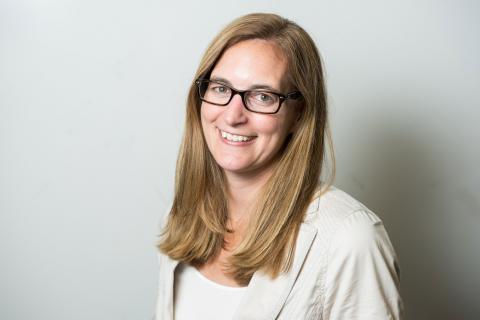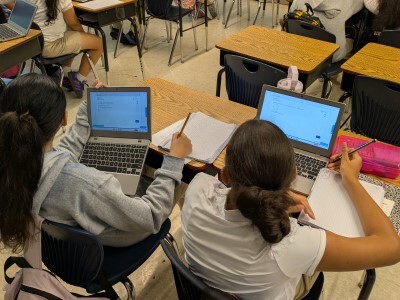Teachers Need More Clarity When it Comes to Personalized Learning
Topics

We’ve all had the experience of truly purposeful, authentic learning and know how valuable it is. Educators are taking the best of what we know about learning, student support, effective instruction, and interpersonal skill-building to completely reimagine schools so that students experience that kind of purposeful learning all day, every day.
When schools map their theory of personalized learning, teachers can see how the activities they do in the classroom lead to the goals they set with and for students.
Personalized learning is picking up steam in schools and districts across the country. We hear about students having more choices in the classroom, students directing their learning, schools creating personalized learning plans for each student, and other learner-centered instructional strategies. All of this customization sounds like the right thing to do, but it’s time consuming, hard to do well, and—according to the Center on Reinventing Public Education (CRPE)—teachers are confused about whether it makes a difference.
In Starting With the “Why” in Personalized Learning, CRPE senior research analyst and research director Betheny Gross shared that many teachers in the 35 personalized learning school her team has visited this year were unsure how the instructional strategies they use to personalize will lead to the outcomes and goals they have for their students. She concluded that they didn’t have a grounded “theory of action.” So Betheny offers suggestions to help schools map their theory of personalized learning—including “Start at the end and work backwards” and “Reality-test the theory”—so that teachers, as well as parents, students, and the rest of the school community understand why they are personalizing.
Last spring, on our first visit to 35 schools committed to personalized learning, teachers often told us they weren’t sure what they were supposed to be doing to personalize learning. Revisiting the same schools this fall, we realized a more fundamental issue was at play: many teachers didn’t seem entirely sure why they were personalizing learning in the first place.
The teachers we interviewed certainly had clear goals for their students: to be ready for college and career, to be lifelong learners and successful adults. And most described the specific objectives for knowledge, skills, and attitudes their students would need to reach these goals. But only rarely could teachers tell us how the activities they do to personalize learning would deliver on these objectives. The problem is, without starting with that end in mind, it’s nearly impossible to build a coherent personalized learning (PL) approach.
Continue reading Starting With the “Why” in Personalized Learning on CRPE’s blog.
RELATED POSTS:
- Beware the Iconography Trap of Personalized Learning: Rigor Matters - Guest author Betheny Gross names two common sense strategies to help districts support both rigor and personalization.
- 5 Personalized Learning Practices in NGLC Grantee Schools - How do you know when a school is a personalized learning school? These five practices were described by the RAND Corporation in its research study of NGLC schools and we shared additional resources related to those practices.




